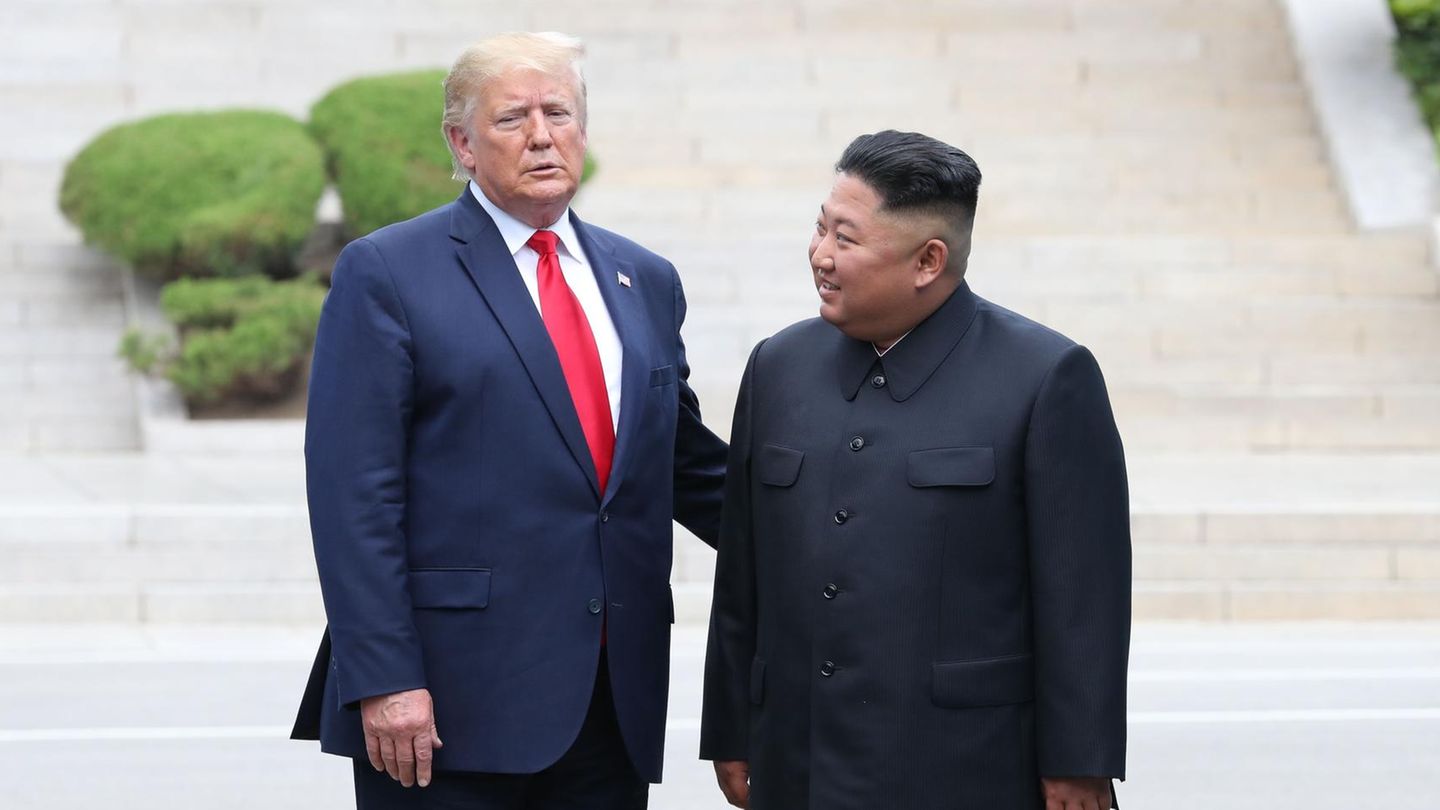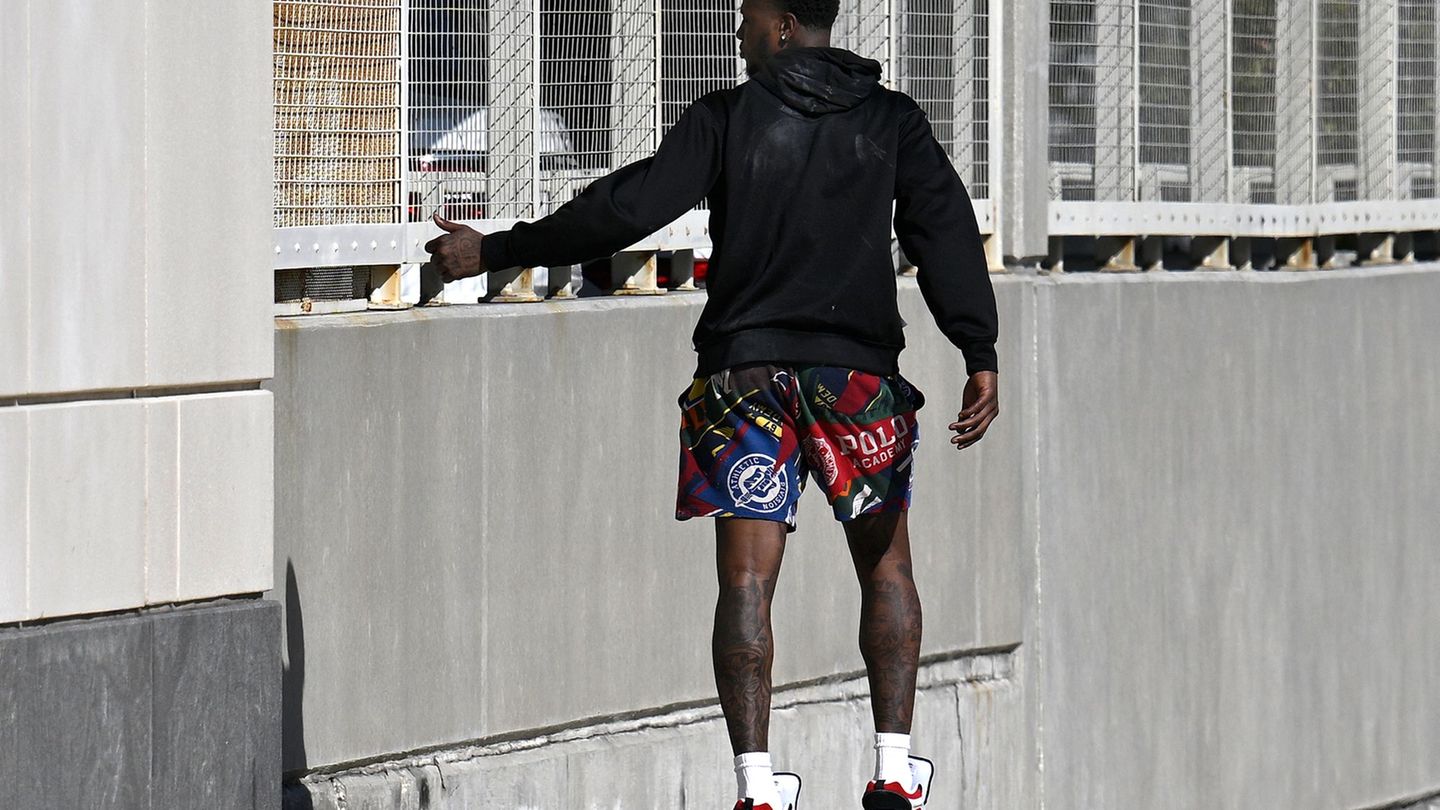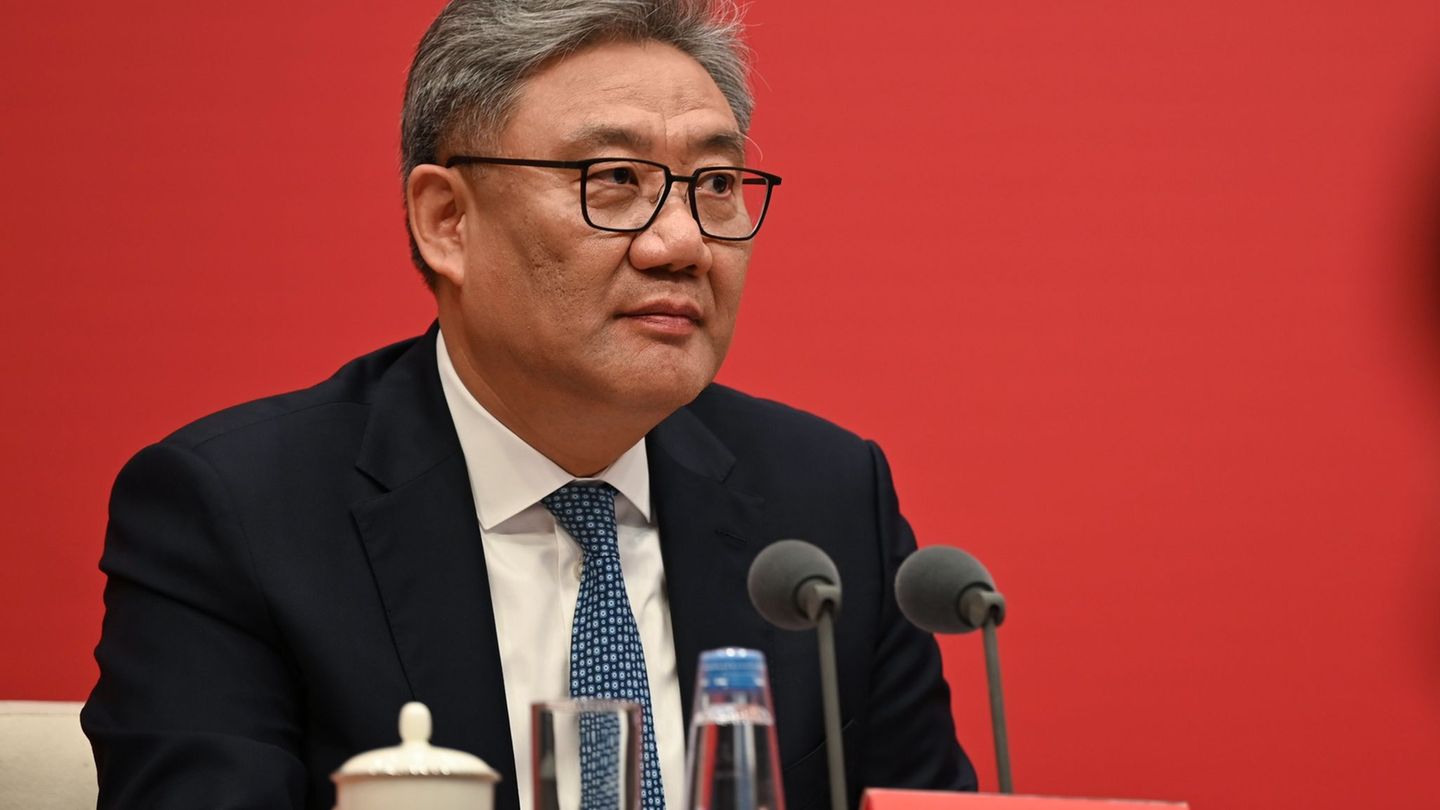Around a third of teachers at Austrian schools work part-time. The number of part-time employees is particularly high at the beginning of their professional career – i.e. at the age at which graduates start their career or typically reduce their employment due to their own younger children, shows the response to a parliamentary question by the Neos by the education minister Martin Polaschek (ÖVP).
According to this, the part-time share in the 2021/22 school year was 33 percent at elementary schools, 27 percent at middle schools, 35 percent at AHS and 30 percent at vocational schools and colleges (BMHS). According to the response to the query, the proportions have remained stable in recent years.
Part-time employment is defined as any form of employment other than a full hour. This ranges from the pastor, who gives one or two religion lessons at the local elementary school, to the math teacher, who reduces her teaching commitment by just one lesson a week.
Reasons for part-time work among boys
As expected, part-time employment is particularly common among younger teachers. This has something to do with the fact that under the new service law, young teachers have to complete a master’s degree within a certain period of time parallel to their lessons if they start their career immediately after completing their bachelor’s degree. Typically, children start their own families between the ages of 30 and 40, which is why part-time teaching is then also increasingly common.
The data show that part-time teaching is also mainly a matter for women: In the state teaching sector (primary school, secondary school, special school, polytechnic school, vocational school), there are 21,000 female part-time teachers compared to only 3,000 male teachers. There are 10,000 part-time teachers and almost 4,000 teachers at the AHS and BMHS. This is a significantly larger overhang than would be expected given the already higher total number of female teachers.
Neos education spokeswoman Martina Künsberg Sarre appealed to the government to “improve the framework conditions in such a way that it is attractive for more teachers to take on higher teaching commitments”. This affects, for example, modern working conditions at the school as well as the rapid expansion of nationwide, high-quality childcare. “This is not only important from an educational policy point of view, for example to alleviate the shortage of teachers a little, but it must also be a socio-political goal that more women are represented in the labor market. We will not solve the shortage of teachers with advertising campaigns,” says Künsberg Sarre zur APA.
more from chronicle
Accident with 16 injured in Burgenland: 3.5 years imprisonment for smugglers
Record for leaving the church
Climate activists stopped traffic on the Vienna Belt
Graz city government discusses higher parking rates for longer cars
My themes
For your saved topics
found new items.
info By clicking on the icon you add the keyword to your topics.
info
Click on the icon to open your “My Topics” page. They have of 15 tags saved and would have to remove tags.
info By clicking on the icon you remove the keyword from your topics.
Add the theme to your themes.
Source: Nachrichten




